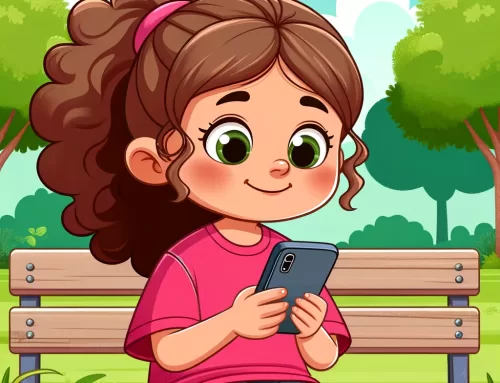Nearly 15% of U.S. children and adolescents were treated for mental health disorders in 2021, according to new research released by the U.S. Centers for Disease Control and Prevention.
Amid these grim statistics, a lack of focus on mental health resources for young children and their parents has continued, said Antonio Freitas, MS, director of educational experiences for the U.S. social impact team at Sesame Workshop. To combat this, Sesame Street and APA have teamed up to develop a host of free resources for caregivers, teachers, and pediatric health care providers focused on children’s emotional well-being.
“We here at Sesame Street tried to be strategic about enlisting the support of brilliant counterparts like the APA to think about how we do this work, and how to use the right words and say the right things to get across that universal idea of making sure that they build safe communities with our youngest first and foremost in our attention,” Freitas said.
[Related: Talking to kids when they need help]
Parents’ ability to “tune in” to the thoughts and feelings of their young child plays a strong role in shaping positive parent-child relationships, research has shown. When parents are struggling, this ability is often part of what’s out of sync, said Lauren Sommers, APA’s deputy chief of psychology in the public interest.
“Building a healthy caregiver-child relationship is about so much more than providing for their basic needs,” said Sommers. “Attunement is really where it all begins. As children come to understand their emotions and develop some emotional regulation, it sets the stage for adults to help them understand what they are experiencing, understand what emotions look like, and how to appropriately respond so that they’re better able to respond and engage. All of this sets the pathway for lifetime learning and success.”
Experts from APA also helped develop an article for caregivers, published on the Sesame Workshop website, designed to help them explore ways to notice, recognize, and respond to children’s needs.
This content is disabled due to your privacy settings. To re-enable, please adjust your cookie preferences.
Helping kids build emotional awareness
This latest series of resources offers videos, articles, storybooks, interactive games, and printable worksheets caregivers and teachers can use to remind children of the protective and ever-present role adults play in their lives, and help them build emotional awareness, or the ability to notice, label, and regulate a range of emotions. The materials were developed with input from APA members and staff with expertise in child development. In the new video, “I Notice, I Feel, I Can,” for example, Elmo and his dad, Louie, walk viewers through a three-step-plan to think about how to process out loud what we feel, where we feel it, and how to share that with someone else, Freitas said.
[Related: How to help kids understand and manage their emotions]
Another video starring Muppets Abby Cadabby and Elmo, along with their grown-ups, introduces the idea people can experience multiple emotions at the same time. In “The Feelings Garden,” Abby and her mom teach Elmo how to belly breathe when he is feeling nervous about attending a new friend’s birthday party. A series of discussion points for caregivers to talk about with children after watching, along with a printable worksheet, My Feelings Garden, round out this resource designed to help children explore and talk about different feelings.
“What I love about this video and the whole garden analogy is that it really sets the stage for children to learn not only what their emotions are, but also the idea that you can experience multiple complex emotions at the same time,” Sommers said. “This emotional awareness is the building block to emotion regulation, and we know that is key to social interactions, developing friendships, and also school readiness and the ability to engage in structured environments with others.”
This content is disabled due to your privacy settings. To re-enable, please adjust your cookie preferences.
Health care providers, teachers, and caregivers may also benefit from new resources focusing on their own personal growth and development, specifically self-care.
“You have to take care of yourself because no one can provide the good care and the quality of engagement that a child needs if they themselves are in great need,” Sommers said.
Amid today’s fast pace of life, she also encouraged adults to build in room for downtime, both for the children in their care, and for themselves.
“Even more importantly, help your child recognize afterward how the downtime helped them, and then model that for them,” she said. “Take that downtime yourself, take a moment to appreciate how much it helped you, and then express that to your clients, students, and children.”




